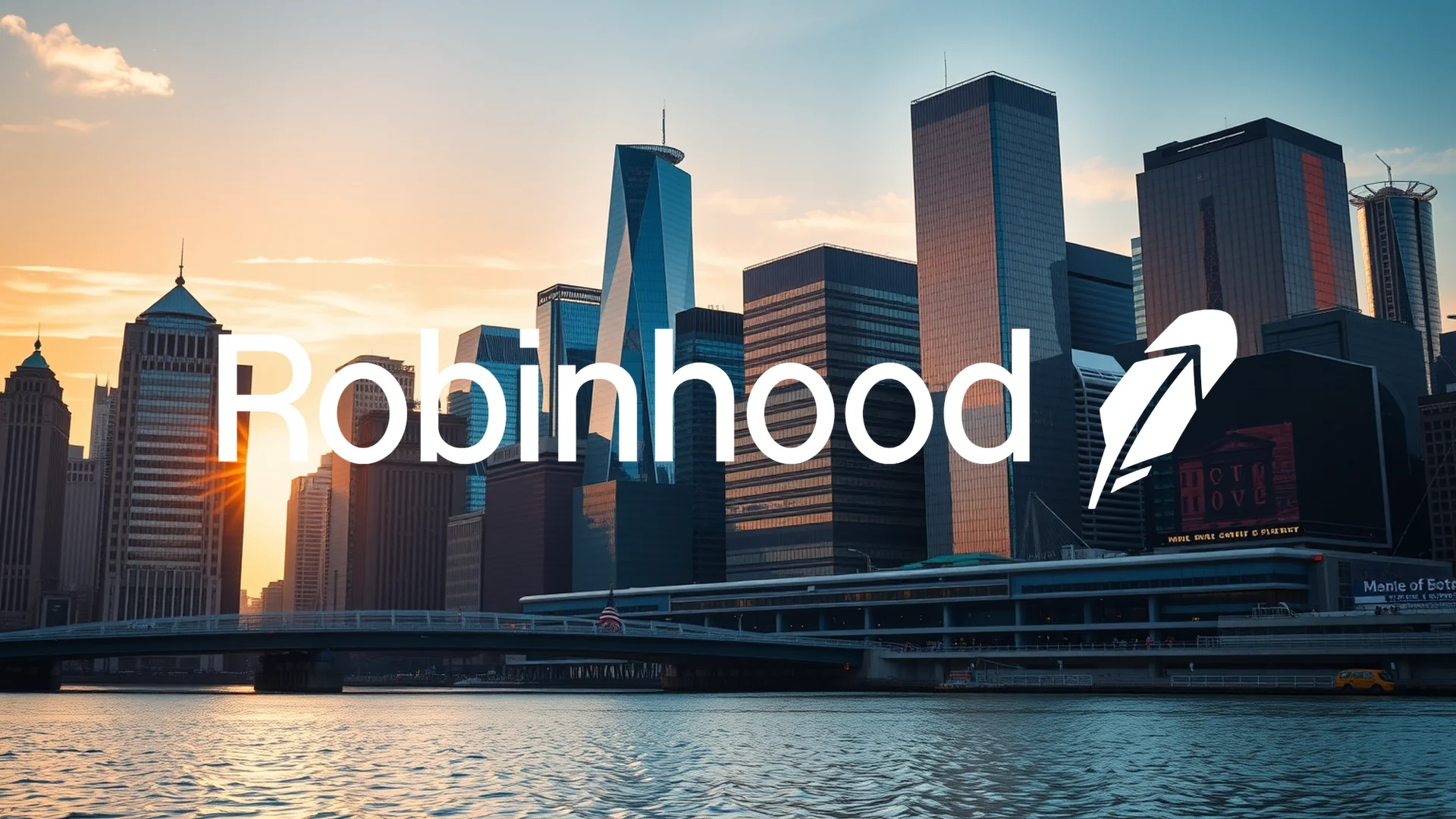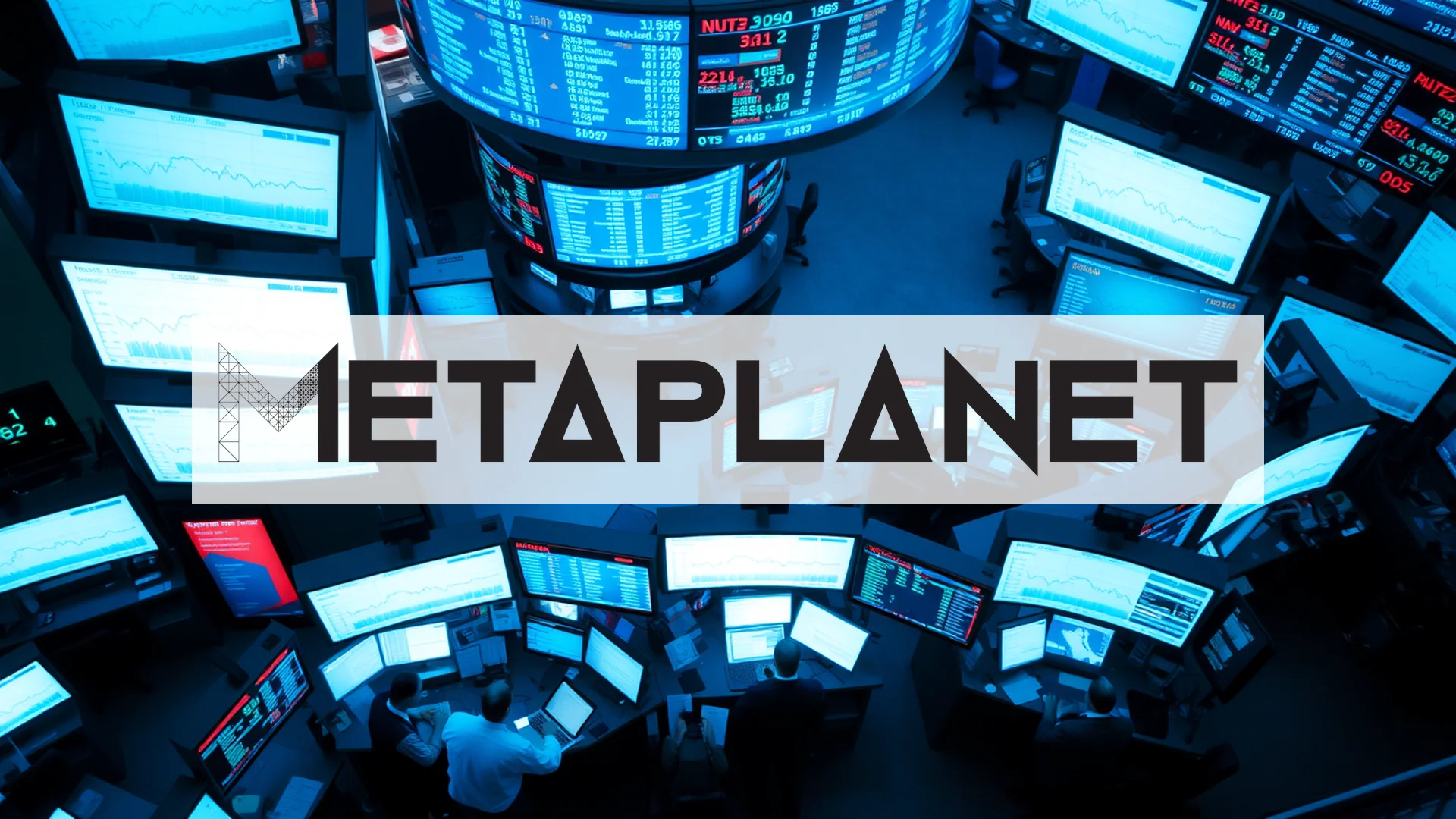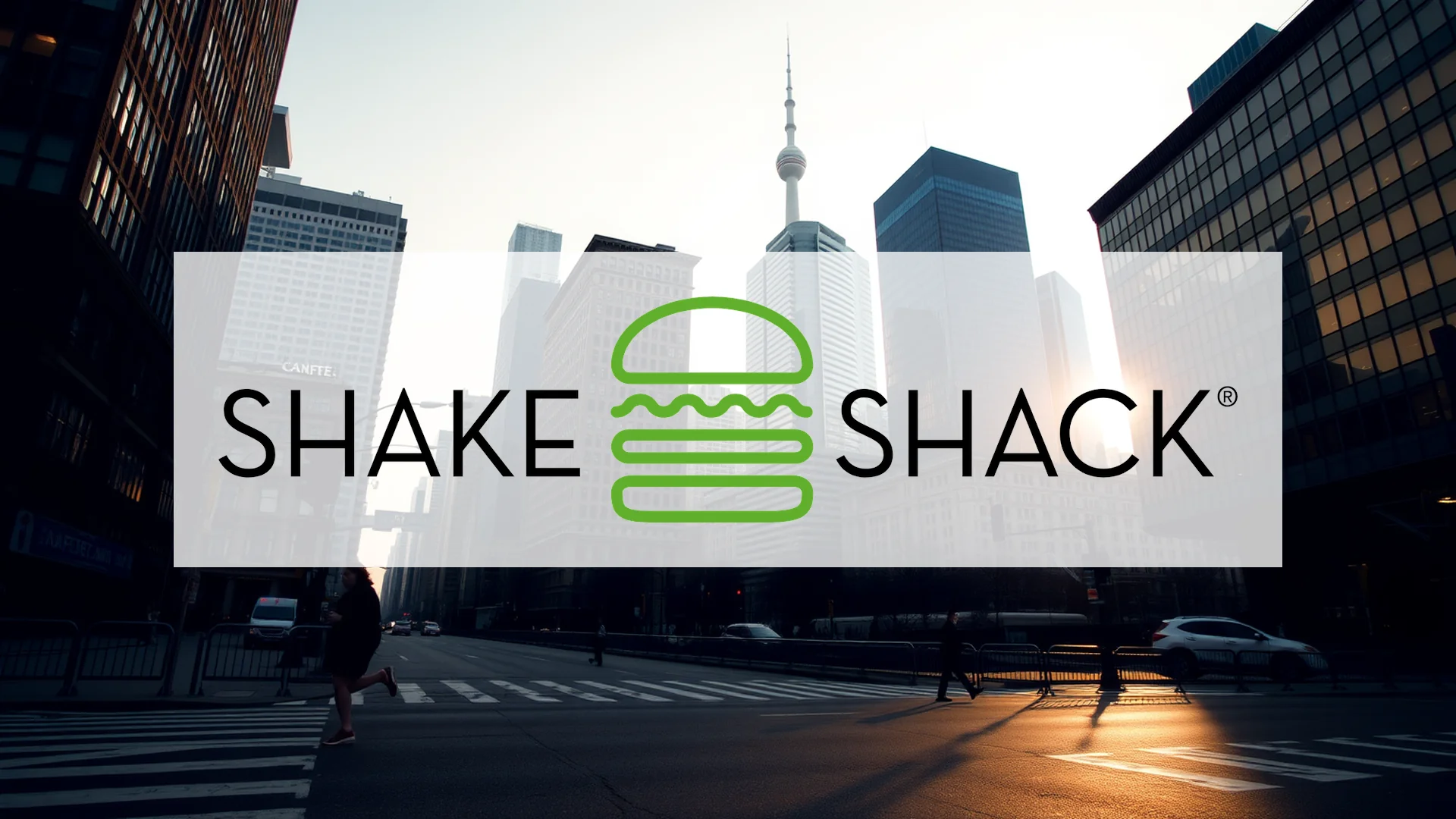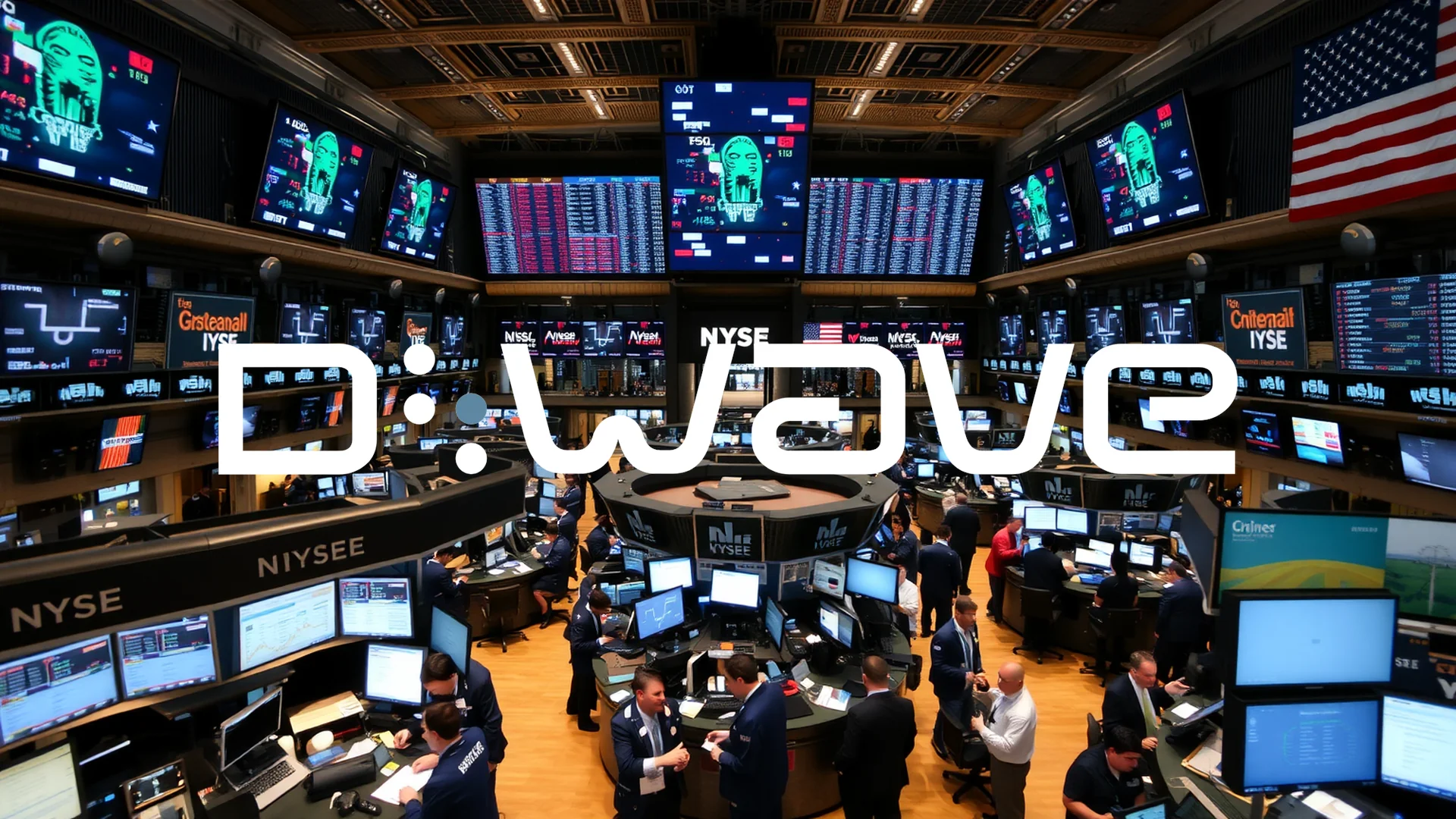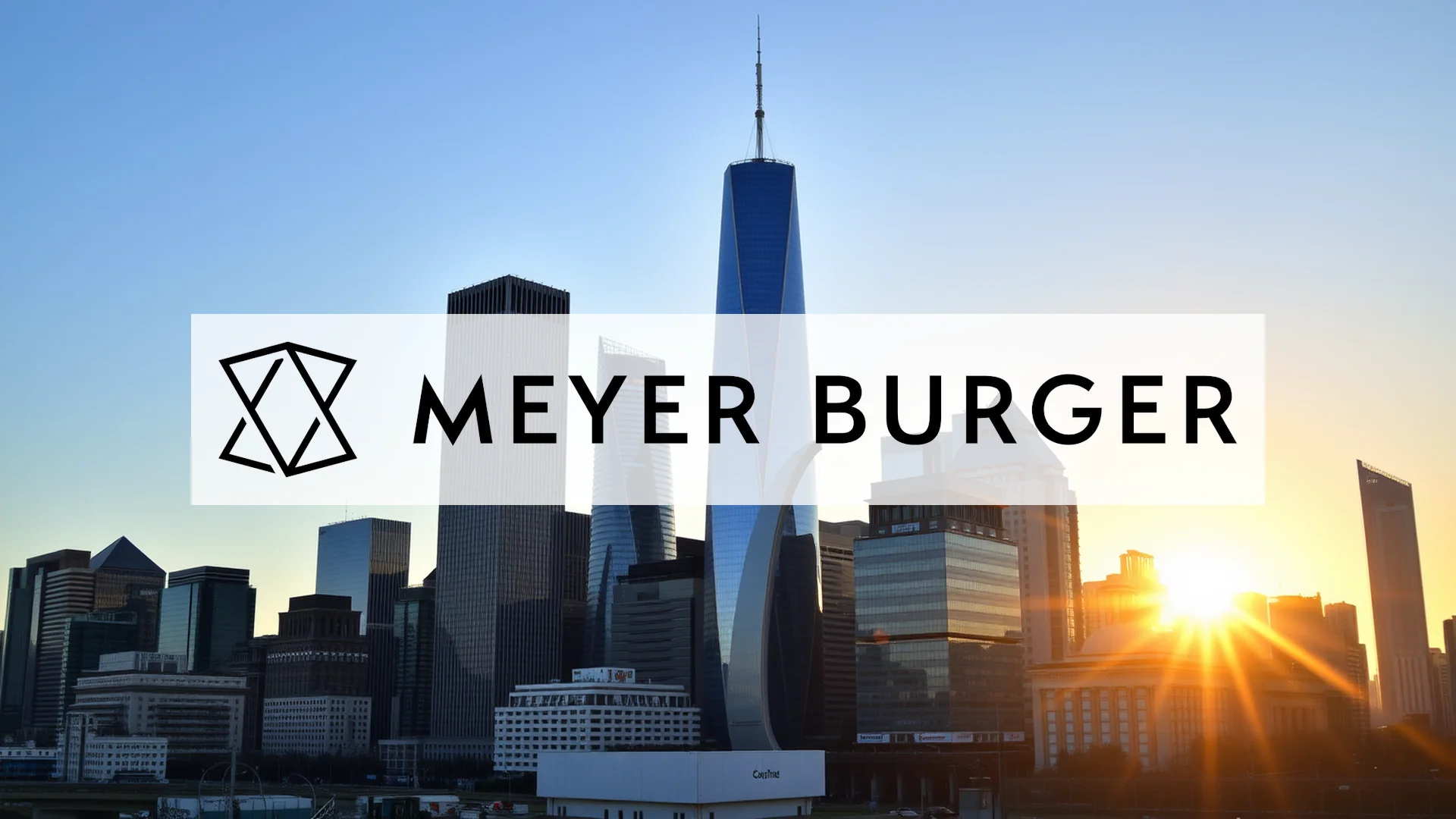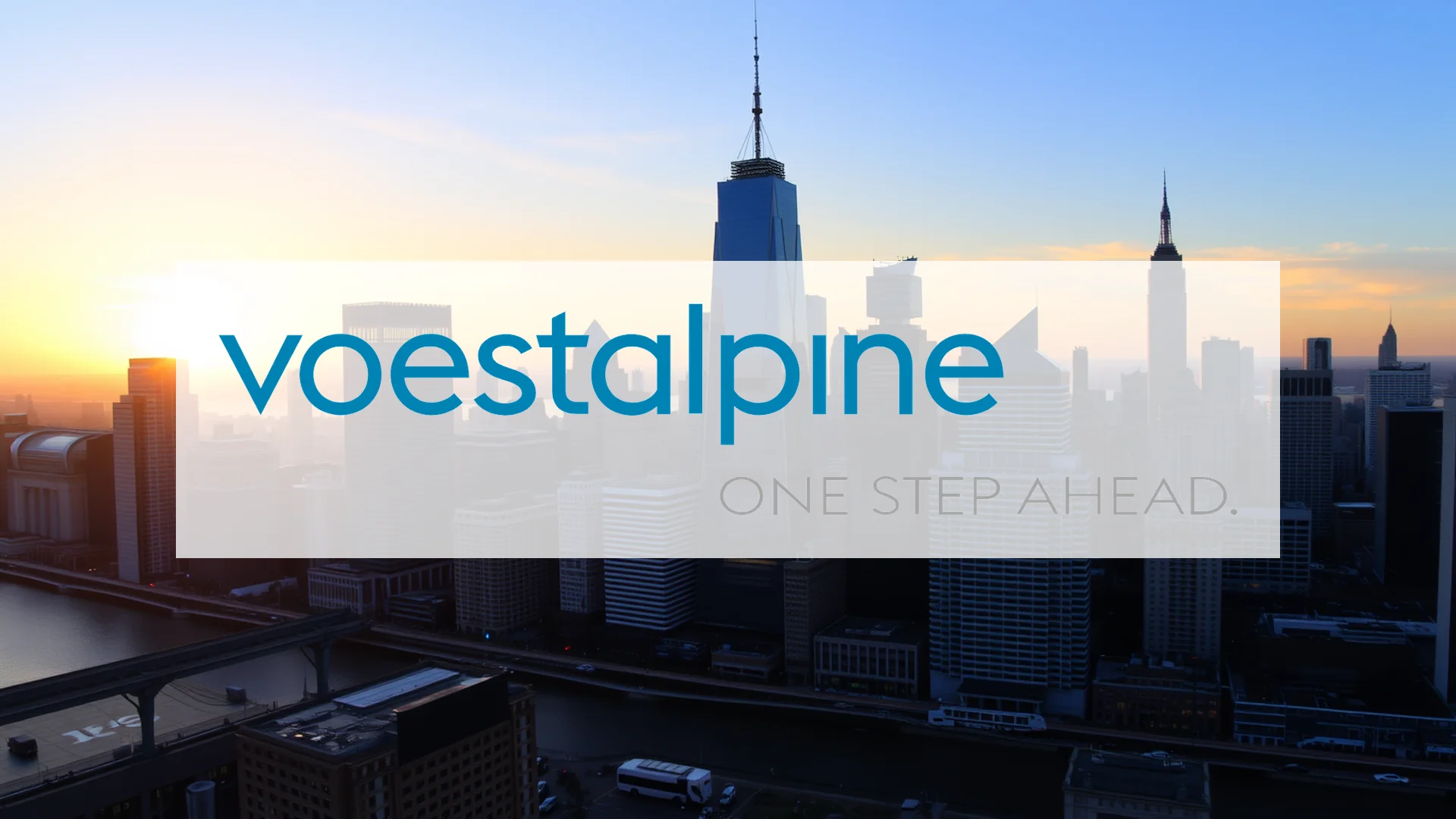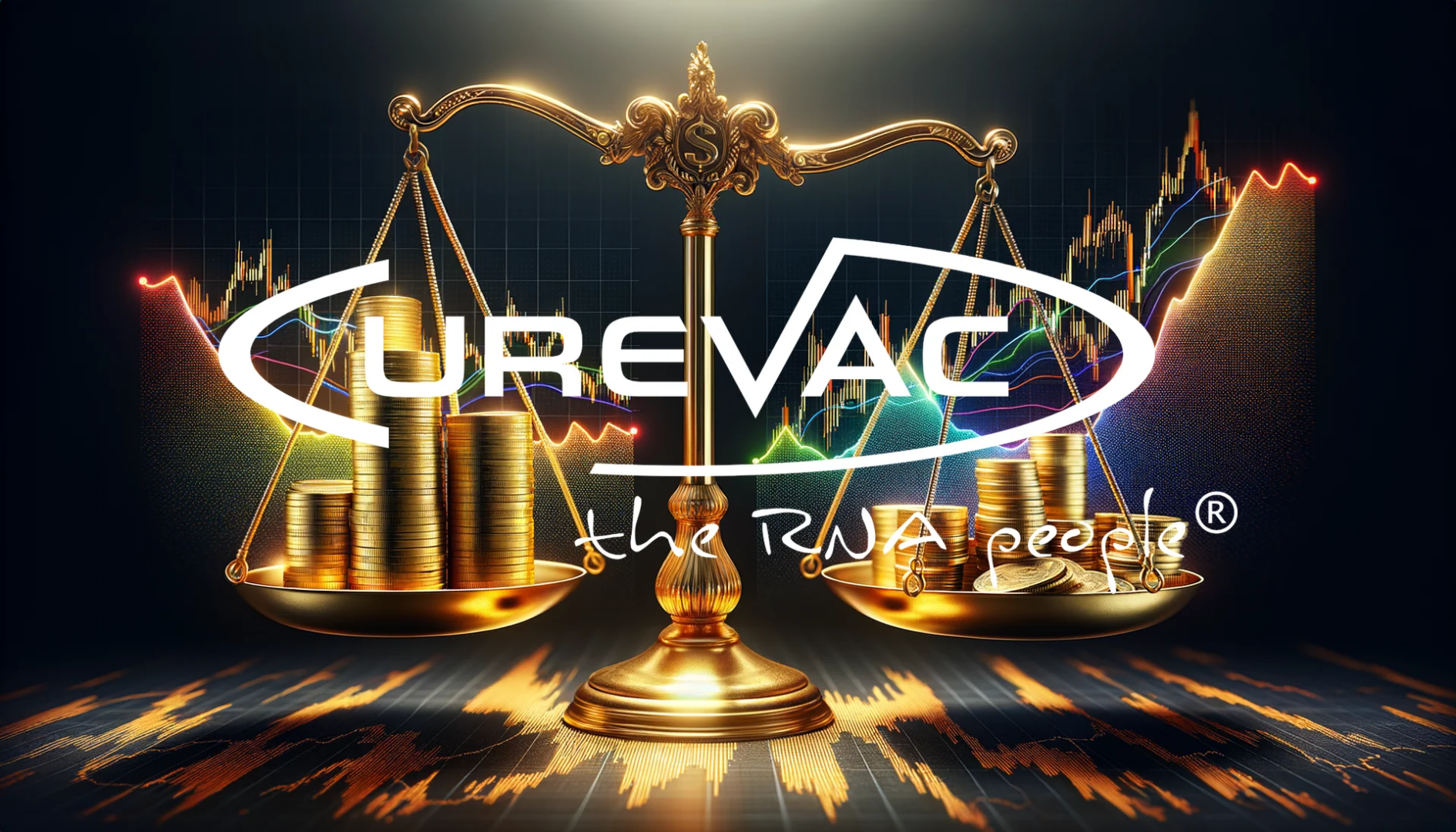While much of the financial world remains fixated on traditional technology behemoths, Robinhood has quietly engineered one of the most remarkable market comebacks this year. The trading platform’s extraordinary performance is rewriting the rulebook for financial technology companies, with its recent achievements signaling a fundamental transformation beyond its original brokerage model.
S&P 500 Inclusion Catalyzes Unprecedented Growth
The company’s September inclusion in the prestigious S&P 500 index proved to be anything but ceremonial. Robinhood immediately demonstrated its market strength, positioning itself among the elite constituents and outpacing established technology giants. Financial metrics reveal the scale of this achievement: the stock has surged more than 200% since January, pushing market capitalization beyond the $100 billion threshold.
Trading just below its record peak, Robinhood shares have multiplied nearly fivefold within a single year. This extraordinary trajectory underscores the company’s evolution into something far more significant than a retail trading application.
The Prediction Market Phenomenon
Beneath the surface of Robinhood’s brokerage operations lies what may be the true engine of its recent success: prediction markets. Through its partnership with Kalshi, the company’s event contract business is experiencing explosive expansion, already generating an estimated $200 million in annual revenue. From sporting outcomes to political developments and economic indicators, demand for these speculative instruments continues unabated.
Should investors sell immediately? Or is it worth buying Robinhood?
This strategic diversification beyond core brokerage services is yielding substantial benefits. Prediction markets provide consistent revenue streams even during periods of subdued trading activity, reducing Robinhood’s dependence on market volatility and creating more stable financial footing.
Wall Street Takes Notice
Investment analysts have increasingly recognized Robinhood’s transformed business model. Piper Sandler recently elevated its price target from $120 to $140, citing the enormous growth potential of prediction markets as primary justification. The broader analytical community appears equally convinced, with approximately two-thirds of covering experts recommending purchase of the shares—a clear endorsement of the company’s strategic direction.
All eyes now turn to November 5, when Robinhood will release quarterly earnings. The financial community awaits confirmation whether the company can sustain its breathtaking momentum or if signs of consolidation will emerge. Current indicators suggest the bullish narrative remains firmly intact, positioning Robinhood as one of the market’s most compelling growth stories.
Ad
Robinhood Stock: Buy or Sell?! New Robinhood Analysis from November 17 delivers the answer:
The latest Robinhood figures speak for themselves: Urgent action needed for Robinhood investors. Is it worth buying or should you sell? Find out what to do now in the current free analysis from November 17.
Robinhood: Buy or sell? Read more here...

